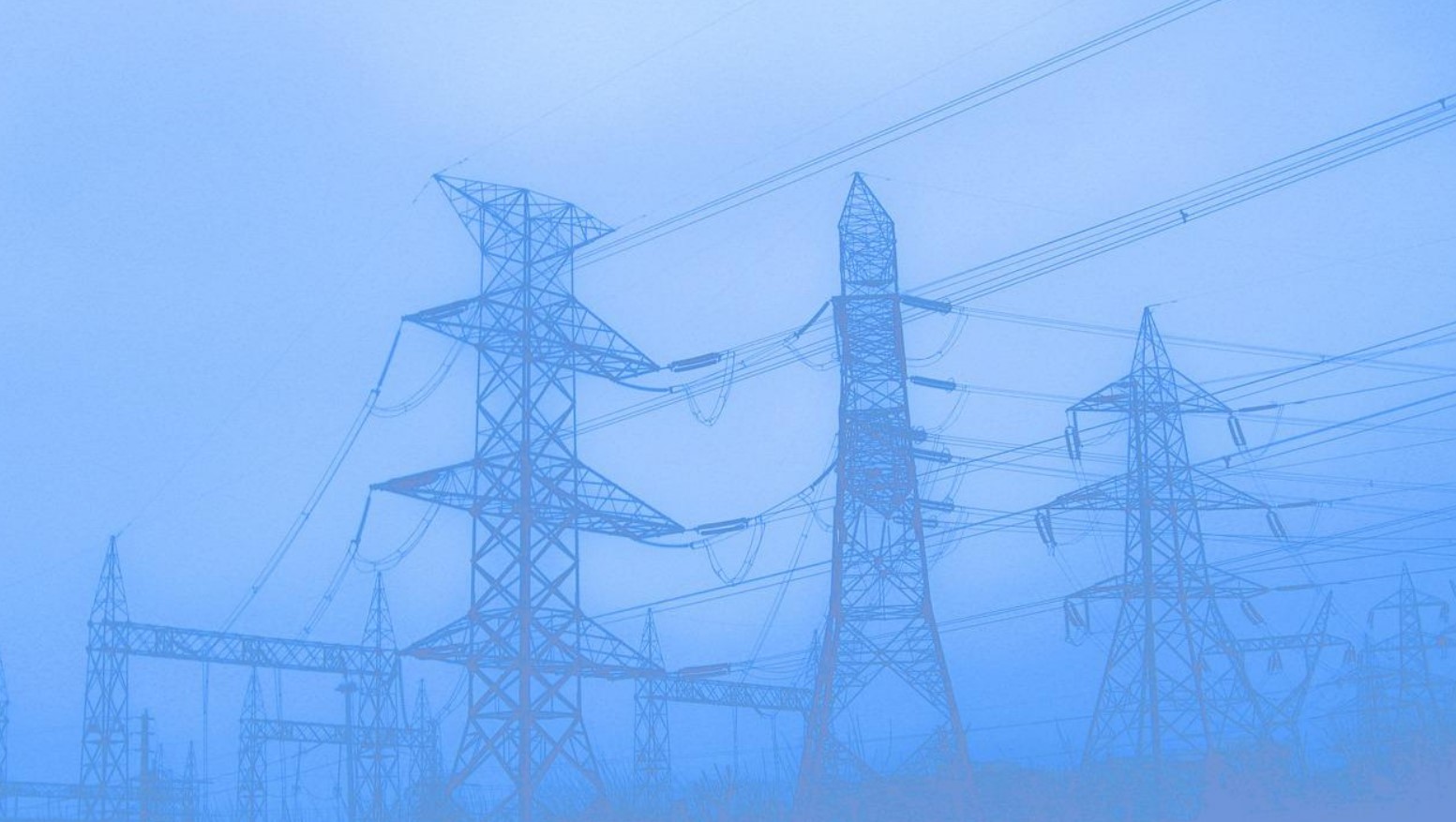 By B.N. Frank
By B.N. Frank
In December 2021, utilities and others petitioned the Federal Communications Commission (FCC) to delay opening the 6 GHz to unlicensed users because “a new generation of unlicensed 6G routers and other wireless devices” could cause dangerous inference issues. The agency denied the petition to delay opening the 6 GHz and some are still voicing opposition to that.
From Fierce Telecom:
Scuffle over 6 GHz band raises questions about Wi-Fi 6E, FWA
Back in April 2020, the Federal Communications Commission (FCC) voted to free up 1,200 megahertz of spectrum in the 6 GHz band for unlicensed use, earning cheers from Wi-Fi and fixed wireless groups. But more than two years on, scuffles between industry associations representing cable, broadcasting, utility and public safety interests have left the future of the 6 GHz band in limbo.
Dell’Oro Group VP Jeff Heynen told Fierce the spectrum is “extremely important to cable operators and operators in general saying we will give you the fastest service not only to your home but within your home” via Wi-Fi technology. Indeed, cable and fiber providers alike have talked up the importance of Wi-Fi in delivering a better customer experience and the faster speeds enabled by their network upgrades. Earlier this year, Comcast rolled out a new Wi-Fi 6E router which it heralded as the first capable of supporting symmetrical multi-gigabit speeds. Wi-Fi 6E is the first generation of Wi-Fi technology to incorporate the 6 GHz band.
The FCC already overcame a major hurdle when a U.S. Court of Appeals in December 2021 upheld its decision to allocate the band for unlicensed use after AT&T challenged the agency’s designation. But plenty of other debates have raged on.
When the FCC adopted its 6 GHz order, it approved operation of low-power indoor devices in the band and opened a proceeding to develop rules for an Automated Frequency Coordination (AFC) system for high-power devices.
But the same month as the court ruling, the Utilities Technology Council, National Rural Electric Cooperative Association and several other utilities groups petitioned the FCC to revisit its rules for the operation of low-power indoor devices (such as routers). They argued the power-levels adopted by the Commission in its original order would allow for harmful interference with licensed microwave systems used by utilities and public safety agencies for critical communications. Among other things, they pushed for low-power devices to be governed by an AFC. The groups also asked the FCC to stay implementation of its 6 GHz order opening the band for unlicensed use until the regulator had ruled on its petition.
That’s just one front in the battle over the 6 GHz band. NCTA – The Internet & Television Association and the National Association of Broadcasters (NAB) have spent the past several months sparring over whether the FCC should adopt proposals to increase the power limit for low-power devices and authorize a new class of very low power devices. NCTA represents the country’s cable industry while NAB advocates on behalf of broadcasters, who currently use the 6 GHz band to transmit video from portable cameras back to a studio for processing.
Last month, the NAB suggested the FCC should “seek comment on the co-existence of licensed and unlicensed operations in the 6 GHz band after 50 million devices have been sold in the U.S., with a goal of developing recommendations to the Commission on expanded operations one year after that trigger.”
NCTA scoffed at that proposal, arguing last week that “pausing the deployment of 6 GHz Wi-Fi and other unlicensed devices would rob consumers of the benefits of better Wi-Fi service and needlessly forestall further progress.”
Related: Dell’Oro raises its predictions for broadband spending
Heynen said the debate over the 6 GHz band as well as the high cost of early Wi-Fi 6E gear could impact the number of units shipped. In June, Dell’Oro noted that while sales of Wi-Fi 6E gear rose in Q1 2022, adoption remained behind the rates seen with Wi-Fi 6 and Wi-Fi 5 Wave 2 devices. However, Heynen said he expects the effects here to be relatively insignificant since consumer devices can continue to be sold and operate in low-power mode unless the FCC changes its rules.
According to Heynen, though, the scuffle over 6 GHz is likely to have bigger implications for fixed wireless operators who want to use the band to deliver high-speed broadband services. For instance, Resound Networks and Nextlink, two of the big winners in the Rural Digital Opportunity Fund auction, recently trumpeted FWA trials which used unlicensed 6 GHz spectrum to achieve gigabit speeds.
While the 6 GHz band has been heralded as a key enabler for Wi-Fi 6E, Heynen said ultimately by the time all the issues on the table have been worked out, the industry will likely already be in the early stages of work on Wi-Fi 7.
The FCC is supposed to protect Americans by regulating the telecom industry; however, it has failed to do so for decades (see 1, 2). In regard to interference risks associated with new technologies, the most widely reported may be with controversial 5G technology and aviation equipment (see 1, 2, 3). Of course, the list seems unending regarding 5G and interference risks. In 2020, utility companies and associations filed lawsuits against the agency for not protecting utility infrastructure from potential electrical interference issues with 5G (see 1, 2). The Department of Defense (DoD) has been trying to resolve potential 5G network interference issues with military radar. Telecom provider, SpaceX has complained that Dish’s 5G satellites will cause interference issues affecting Starlink satellite service. DirecTV and RS Submit have complained about satellite interference risks. Most recently a bipartisan group of senators requested that the FCC reconsider harmful interference risks with associated Ligado’s network before allowing it to be activated.
Of course, there have been additional significant risks reported about 5G as well (cybersecurity, health, etc.). Nevertheless, the FCC (see 1, 2, 3, 4, 5, 6, 7, 8) and other government and state agencies and committees (see1, 2, 3, 4, 5, 6, 7) have continued to promote and fund 5G deployment and densification as well as that of 4G and public Wi-Fi (which also poses known risks). So promoting Wi-Fi 6E despite unresolved interference risks and warnings is to be expected.
Activist Post reports regularly about privacy invasive and unsafe technology. For more information visit our archives and the following websites.
- Wireless Information Network
- Americans for Responsible Technology
- Electromagnetic Radiation Safety
- Environmental Health Trust
- Physicians for Safe Technology
Image: Pixabay
Become a Patron!
Or support us at SubscribeStar
Donate cryptocurrency HERE
Subscribe to Activist Post for truth, peace, and freedom news. Follow us on SoMee, Telegram, HIVE, Flote, Minds, MeWe, Twitter, Gab, What Really Happened and GETTR.
Provide, Protect and Profit from what’s coming! Get a free issue of Counter Markets today.


Be the first to comment on "Wi-Fi 6E Still Poses “harmful interference with licensed microwave systems used by utilities and public safety agencies”"